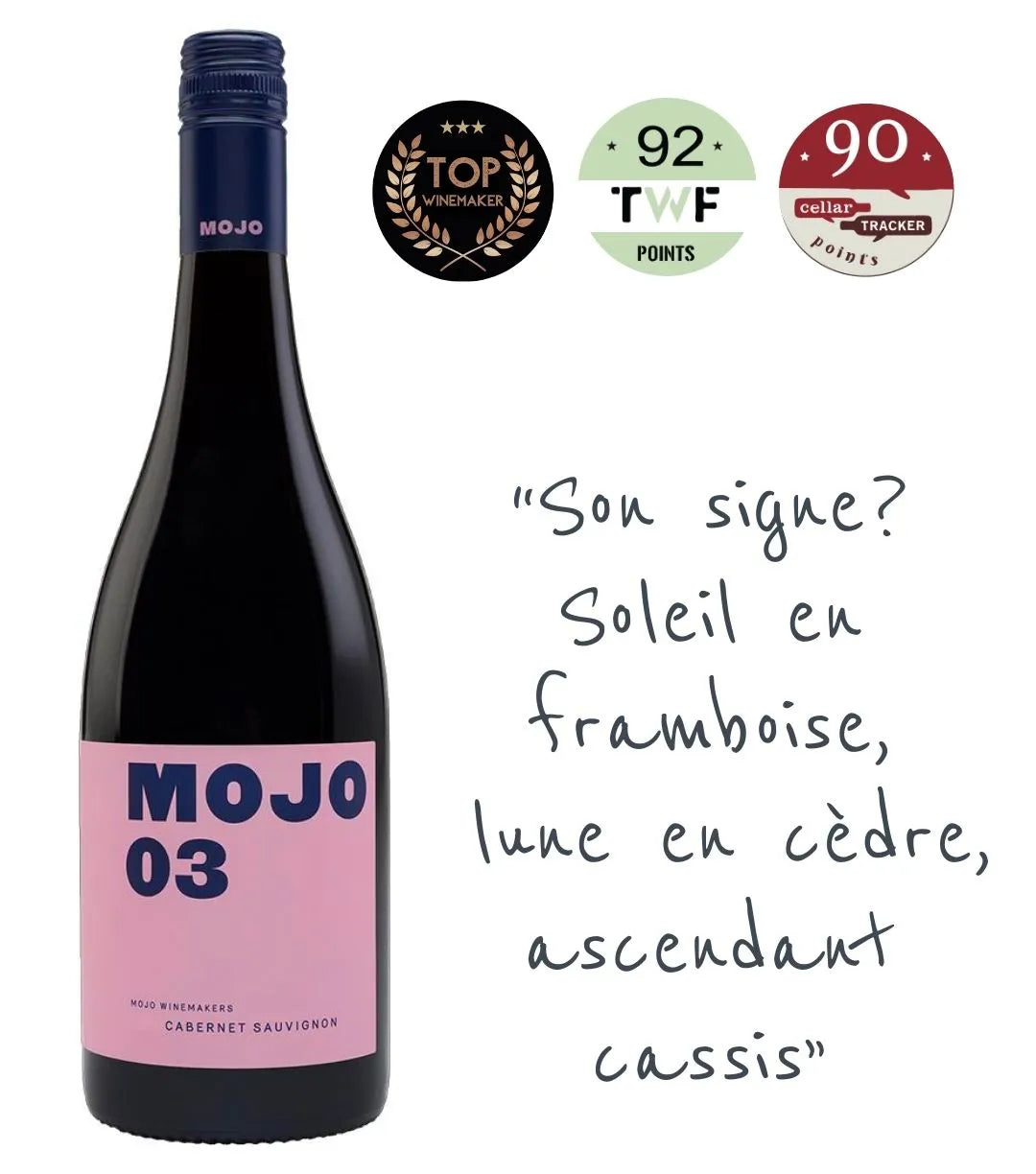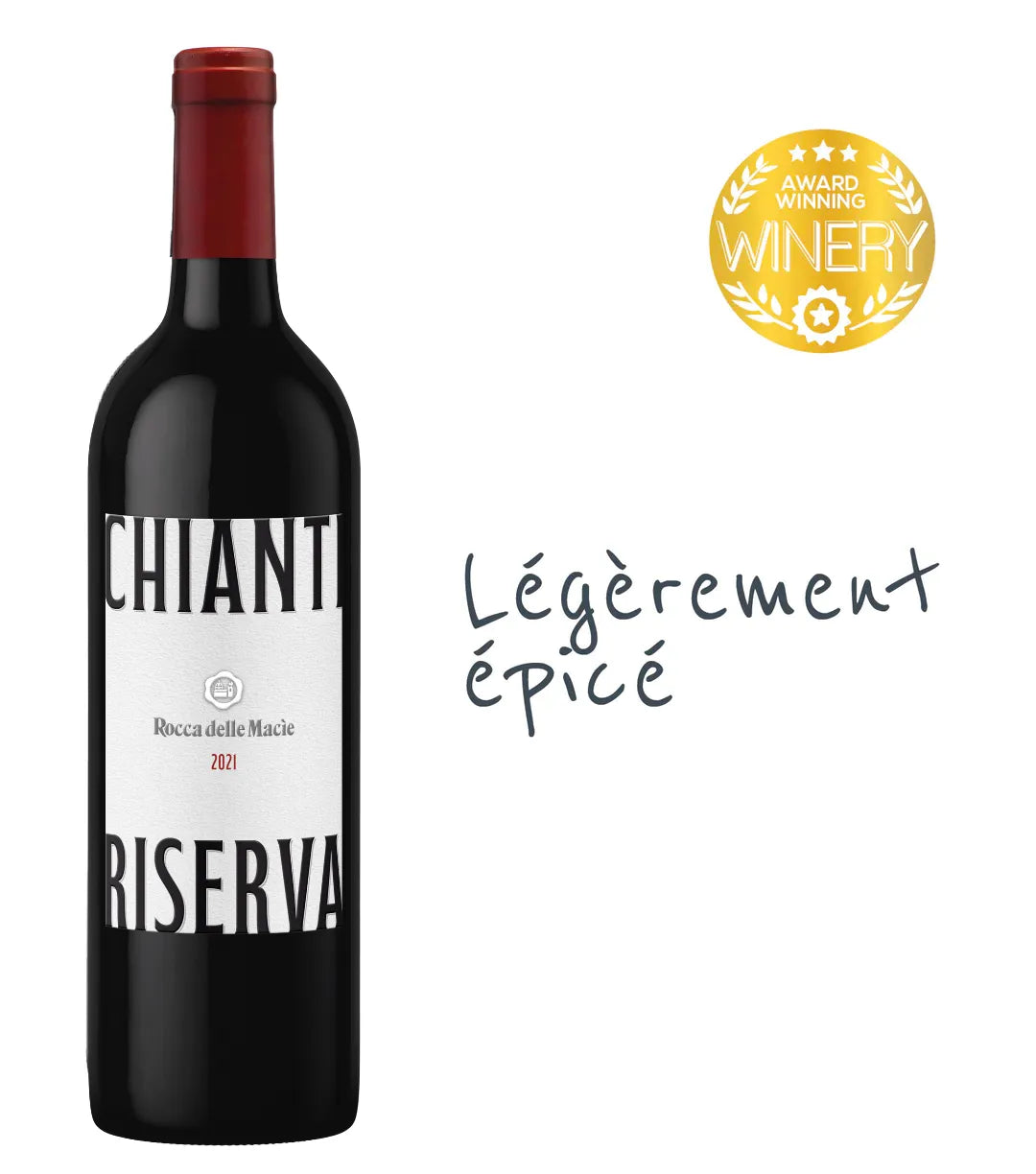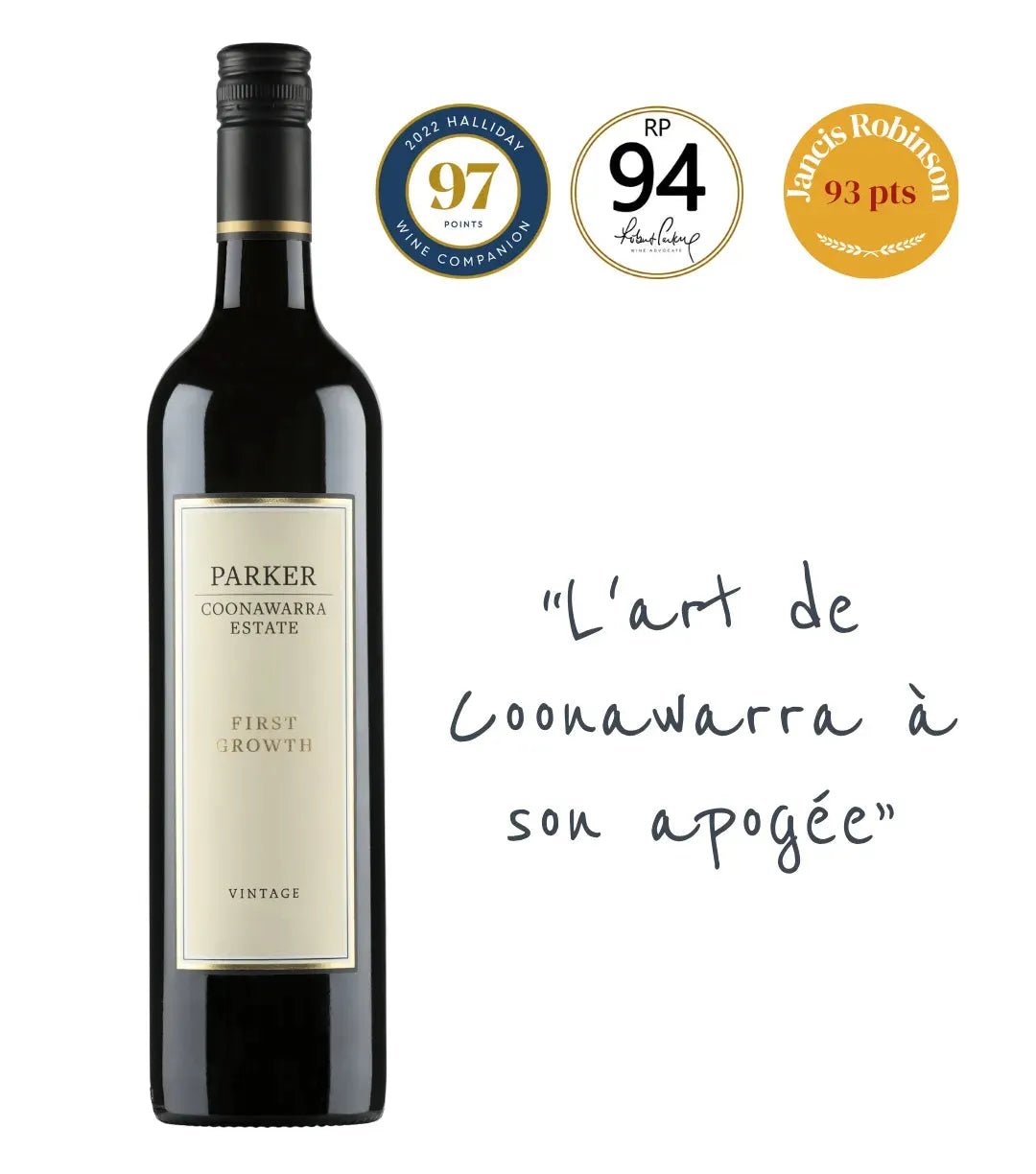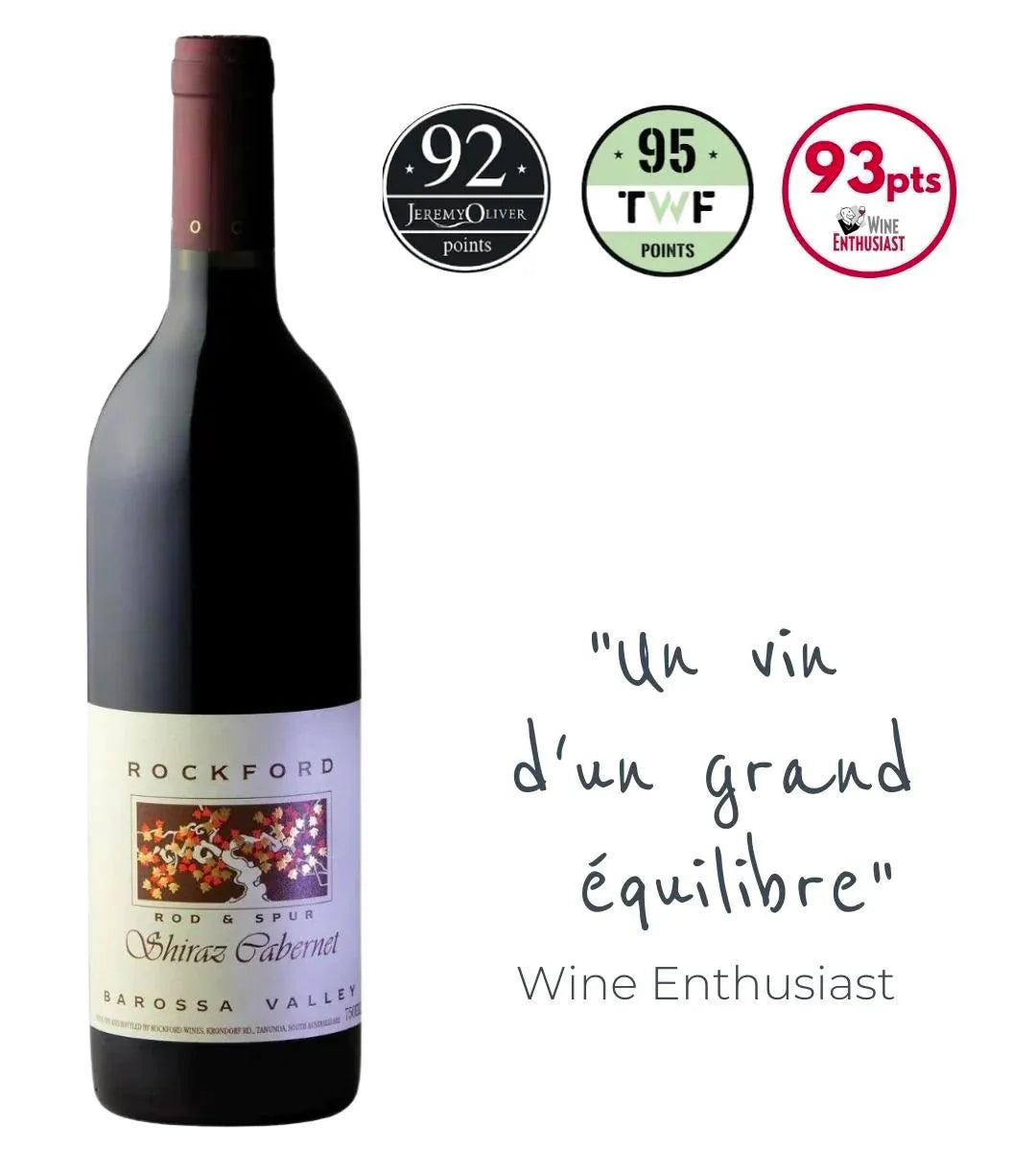
21 products
Cabernet Sauvignon Red Wine
Free delivery on your first order or orders over €150 (France only)
Free delivery on your first order or orders over €150 (France only)


Cabernet Sauvignon dominates Bordeaux wines, reflecting the region's rich biodiversity of sand dunes, pine trees, cedar, and fern. Young Cabernet Sauvignon embodies fresh pinewood, fern, blackcurrant, and black cherry aromas. As it matures, it develops notes of graphite, truffle, game, and leather. Known for its robust structure and long shelf-life due to its tannins, it's best to let this wine age. When young, it can taste tart, which is why it’s often blended with Merlot. Its versatility in blends makes it one of the most sought-after grape varieties in the world.

Margaret River, Australia

Quebrada de Humahuaca Salta, Argentina

Ningxia Helan Mountain, China
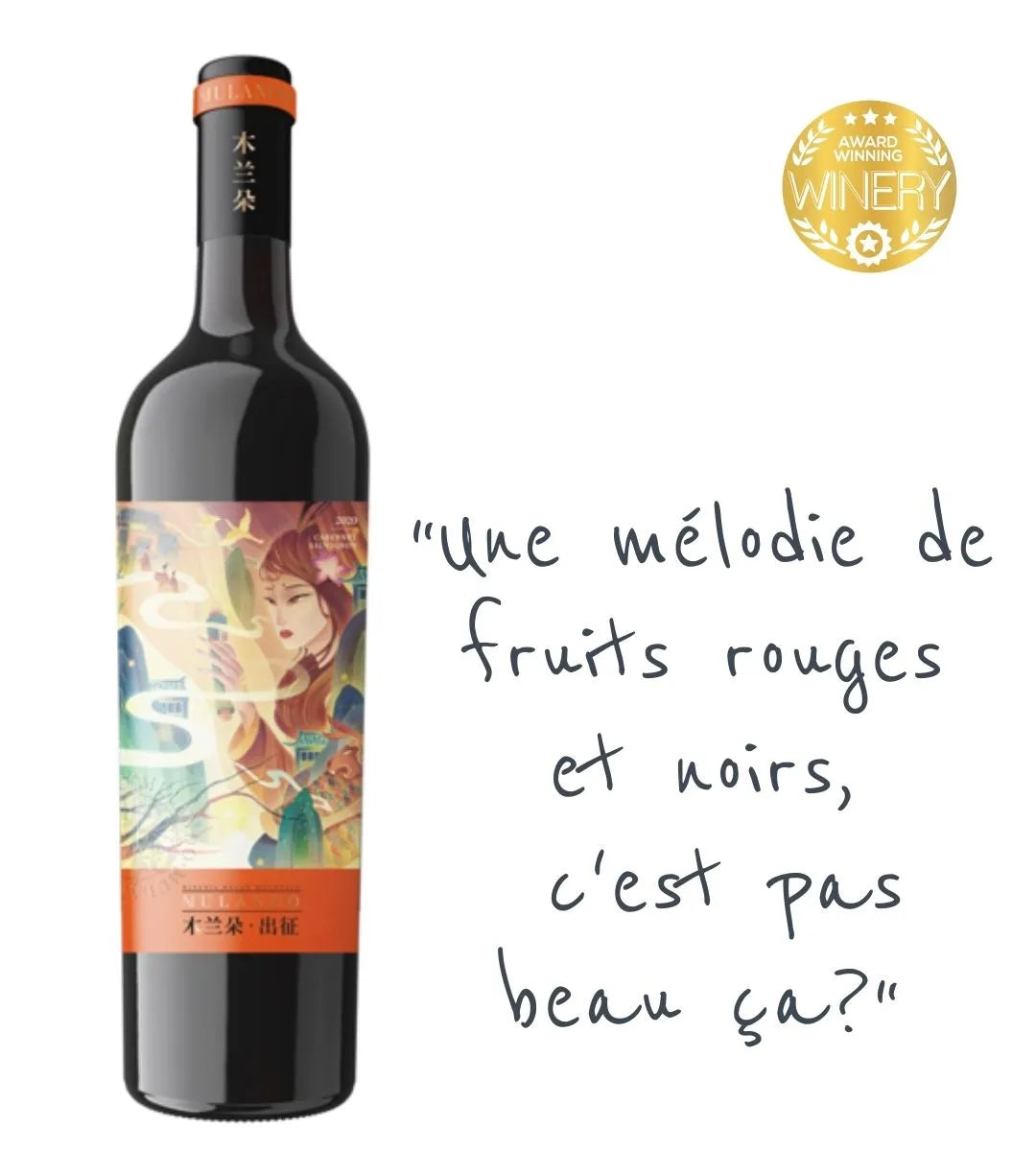
Ningxia Helan Mountain, China

Ningxia Helan Mountain, China
Toscana IGT Tuscany, Italy

McLaren Vale, Australia

Margaret River, Australia

McLaren Vale, Australia

Quebrada de Humahuaca Salta, Argentina

McLaren Vale, Australia

McLaren Vale, Australia
Cabernet Sauvignon is recognized as the most planted grape variety in the world, a true international grape. Its popularity is due to its ability to adapt to different climates and terroirs, as well as its unique taste characteristics.
Why Cabernet Sauvignon is the Most Planted Grape Variety in the World
Cabernet Sauvignon owes its global preeminence to several factors. First, it is extremely adaptable. Whether in the temperate climates of Bordeaux or warmer regions like California and Australia, this grape thrives. Secondly, it produces wines that can age, renowned for their aging potential due to their robust tannic structure. Cabernet Sauvignon wines often age in oak barrels, which impart complex aromas of vanilla, cedar, and spices.
Moreover, it blends perfectly with other grape varieties such as Merlot and Cabernet Franc, creating balanced and harmonious wines. These blends, particularly famous in Bordeaux wines, are appreciated for their depth and complexity.
Cabernet Sauvignon in France: Bordeaux in All Its Glory
The Bordeaux region is the birthplace of Cabernet Sauvignon, where it is the cornerstone of great wines. In this region, Cabernet Sauvignon is often blended with Merlot and Cabernet Franc, producing rich, elegant, tannic wines. The terroirs of Bordeaux, with their gravelly soils and temperate climate, are ideal for this grape variety.
Bordeaux wines are distinguished by their aging capacity, developing over time aromas of black fruits, tobacco, leather, and undergrowth. The best examples come from regions like the Médoc, particularly appellations such as Pauillac and Margaux.
Italian Cabernet Sauvignon: The Super Tuscans
In Italy, Cabernet Sauvignon has found a second home in the hills of Tuscany. The Super Tuscans, those prestigious wines that emerged in the 1970s, often incorporate it, sometimes as a single variety or blended with local varieties like Sangiovese.
Super Tuscans are known for their richness and complexity. They combine the characteristics of the Tuscan terroir with the power and elegance of Cabernet Sauvignon. The diverse soils and Mediterranean climate of Tuscany allow the grape to express itself fully, producing wines with a solid tannic structure and intense aromas of black fruits and spices.
Cabernet Sauvignon and the New World: Chile, South Africa, United States, Australia
In the New World, Cabernet Sauvignon is also a star. In Chile, particularly in the regions of Maipo and Colchagua, it produces remarkable wines for their purity of fruit and finesse. Chilean wines are often characterized by notes of blackcurrant, black cherry, and herbal nuances. The climatic conditions and winemaking techniques create wines that are accessible young but capable of aging.
In South Africa, Cabernet Sauvignon, often grown in the Stellenbosch region, is appreciated for its concentration and structure. South African wines feature aromas of ripe black fruits, pepper, and mint, with good acidity balancing the tannic power.
In the United States, particularly in California, Cabernet Sauvignon is the emblematic variety. Californian Cabernets, especially those from Napa Valley, are renowned for their opulence, aromas of blackberry, blackcurrant, and toasted oak. The warm climate and varied soils of Napa allow the grape to fully mature, producing rich and velvety wines.
In Australia, it is mainly grown in regions like Coonawarra and Margaret River. Australian wines are distinguished by their aromatic intensity and pronounced tannic structure, with notes of mint, eucalyptus, and black fruits.
Cabernet Sauvignon, the most planted grape variety in the world, embodies the diversity and richness of the world's wine terroirs. Whether in Bordeaux wines, Italian Super Tuscans, or New World wines from Chile, South Africa, the United States, and Australia, this international grape continues to captivate wine enthusiasts with its adaptability, complexity, and aging potential. Cabernet Sauvignon remains an indisputable pillar of global viticulture, offering a palette of flavors and styles that reflect the diversity of the regions where it is cultivated.
For more information, check out our list of grape varieties!




